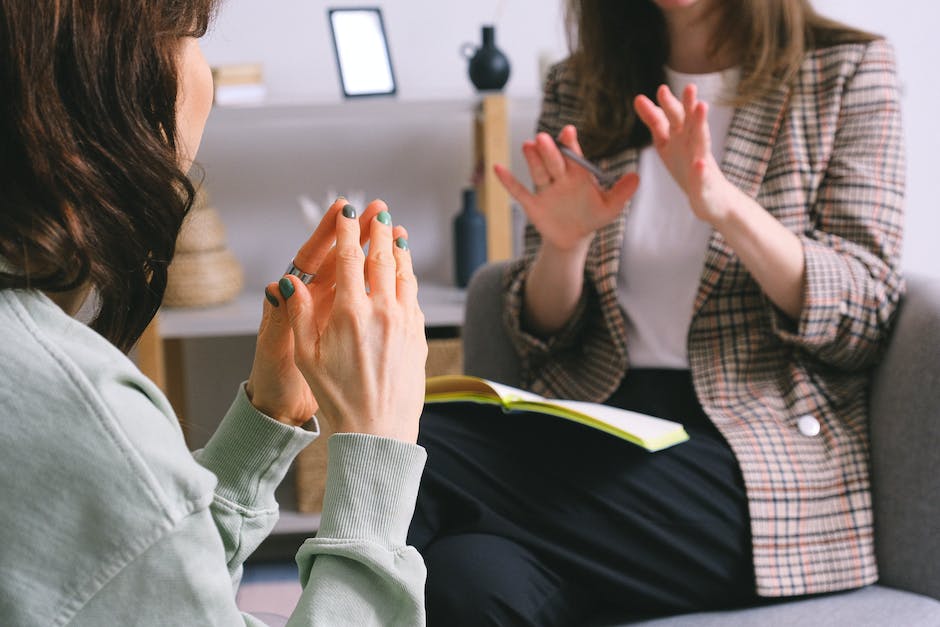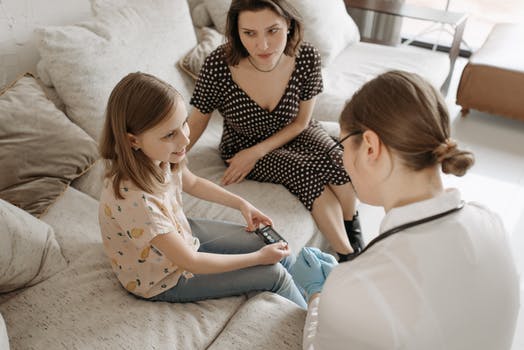Diabetes damages the body in a multitude of ways, many of which are unseen and go unnoticed. Some individuals have the disease for years, but go undiagnosed until symptoms are undeniable. During that time, the disease is quietly causing damage within the body.
Dementia
Multiple studies have demonstrated a correlation between diabetes and a significantly increased risk of developing dementia.
Blindness
Diabetes damages blood vessels throughout the body and that includes the tiny vessels of the eyes. The disease causes a myriad of eye-related conditions and can lead to blindness.
Heart Disease
Stroke and heart attack are the 2 most common heart-related conditions associated with diabetes, resulting in death or long-term disability. In a heart attack, plaque from a diet high in “bad” fats builds up in arteries and blood vessels. It restricts blood flow and the buildup is known as hardening of the arteries.
A stroke occurs when blood flow to the brain is blocked due to plaque. Brain cells begin to die and brain bleeding can occur. A stroke can result in lasting brain damage, long-term disability or death.
High Blood Pressure
A diet high in fats leads to high blood pressure. Fats build up in blood vessels and arteries, making the heart work harder to pump blood throughout the body.
Chronic Kidney Disease
Known as CKD, the kidneys work harder when diabetes is present. The disease damages the small blood vessels in the kidneys, resulting in decreased function or the need for a transplant.
Nerve Damage
Known as neuropathy, it’s damage to nerves that’s often experienced as a sensation of tingling, numbness or pain that typically occurs in the hands, feet and legs. It can lead to a loss of feeling in extremities and eventually amputation. Neuropathy can also affect the stomach and digestive tract.
Cavities and Gum Disease
High blood sugar levels are also present in saliva. Those elevated levels result in tooth decay, cavities and gum disease, all of which often leads to tooth loss.
Depression
People with diabetes are up to 3 times more likely to experience depression. Fear, anxiety, exhaustion related to managing the disease, and feeling helpless are all common causes of depression in patients with diabetes.
We Buy Unused Diabetic Test Strips and Supplies
If you would like to find out about earning cash for your unwanted, unused, and boxed test strips, complete our online quote form today.
If you have extra, unopened and unused boxes of diabetic test strips – whether you have switched brands, no longer need to test or test less frequently, or have a loved one who has passed away – don’t let them gather dust until they’ve expired and end up in the trash. We’re the best place to sell diabetic test strips online, and if you want to sell your test strips, we’re here to make the process easy and enjoyable!
Visit us at Sell Your Test Strips and get your free quote today!










